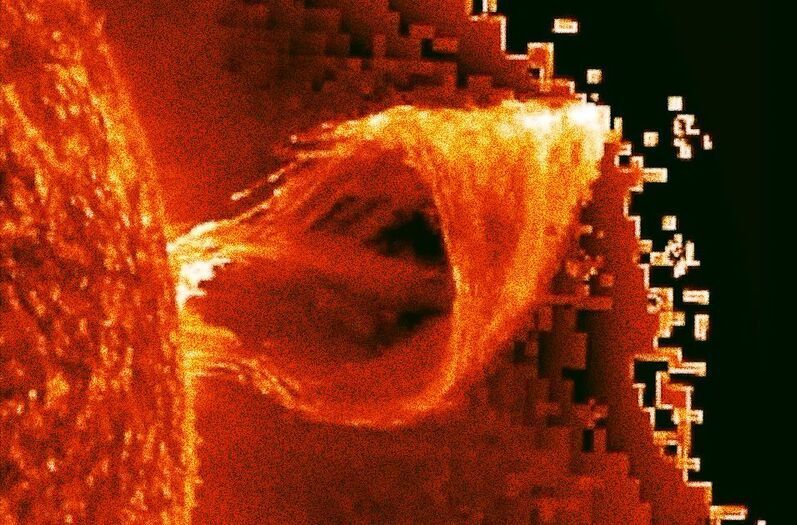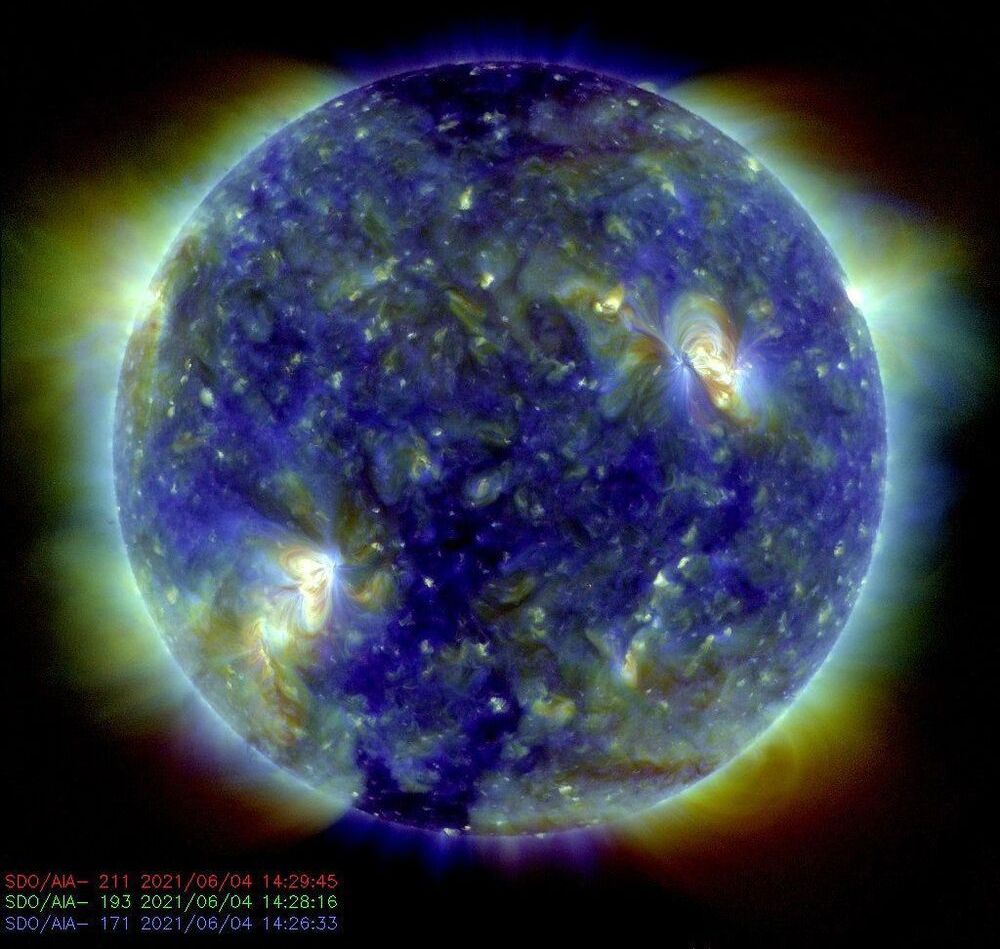Because it was, 62 years ago, the first fully reusable space vehicle, two stages, both reusable. The same concept of Virgin Galactic SpaceShipTwo.
X15 made 200 flights at suborbital altitude, 100 km.
Of course X15 was a military spaceplane, nothing like a civilian passengers transportation vehicle, yet the concept is important.
The first project of the Space Shuttle (Krafft Ehricke, early 70’s) was based on the same concept. But then such project was abandoned, in favor of a partially reusable machine, realized in 5 unic pieces.
We could have reusable launch vehicles since 40 years, at least.
Civilization could be well on its way of expansion in the solar system: Earth orbit industries, cislunar economy, asteroid materials use, producing fuel in space… topics for an ucronian novel?
Or a topic for reflection, that technology is not an obstacle (as Branson and Musk finally demonstrated), while short-sighted policies and lobbies were huge and heavy burdens for human progress…
History of NASA: $22.99 at Magazines Direct
Discover the story of how and why NASA was created, its greatest triumphs, darkest days, and of the times it exceeded all possible hopes. A tale of adventure, heroism and resourcefulness, learn of the space agency’s greatest achievements and how — over six decades — the organization has consistently and tirelessly devoted itself to its founding principle: that “activities in space should be devoted to peaceful purposes for the benefit of all humankind”. View Deal.









